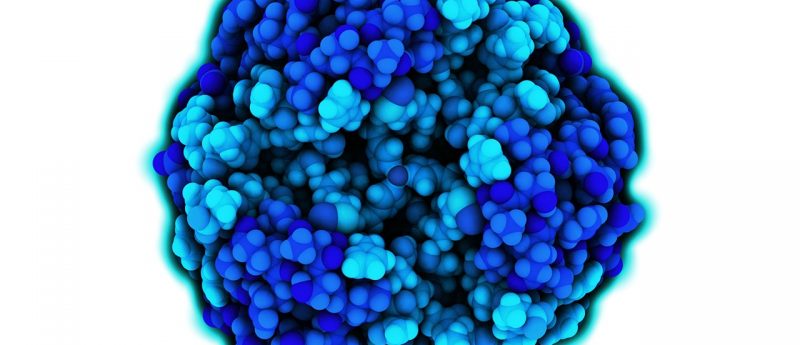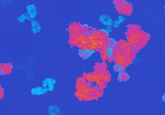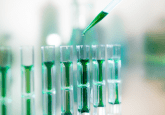Minimalistic sample preparation strategies for LC–MS quantification of large molecule biopharmaceuticals: a case study highlighting alpha-1 antitrypsin protein

Background: Large molecule biotherapeutics pose a distinctive bioanalytical challenge for LC–MS assay development, particularly when optimizing sample enrichment steps. Alpha-1 antitrypsin (AAT) is used as an example for highlighting large-molecule assay-development strategies. Results: Two sensitive and selective LC–MS/MS-based quantification assays were developed. Fit-for-purpose assay qualifications for BAL and serum matrices were performed by assessing sensitivity, precision and accuracy, dilution linearity and interferences. Conclusion: Our approach to sample preparation focuses on optimizing the simplest methodology necessary to generate fit-for-purpose bioanalytical assays. To measure AAT protein levels in preclinical species with selectivity and increased assay sensitivity, a minimalistic sample preparation strategy was adopted that included either traditional direct digestion or a more complicated immunoprecipitation enrichment process.
Over the last decade, biologics as novel chemical entities are playing larger roles in discovery pipelines. ligand-binding assay platforms have for years been successfully utilized for protein quantification with LC–MS/MS emerging as a complimentary technique for quantifying large molecule constructs. This technique of surrogate peptide quantification has substantial precedence in the pharmaceutical industry [1–6]. In general, assay challenges associated to LC–MS are typically not MS-based issues but more often related to sample preparation.
Click here to view the full article.






